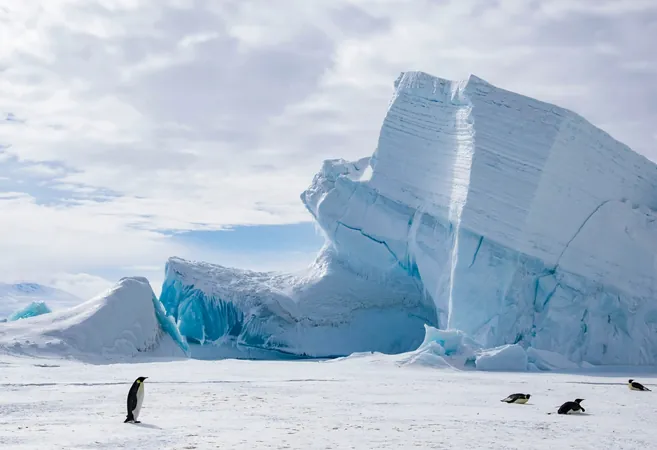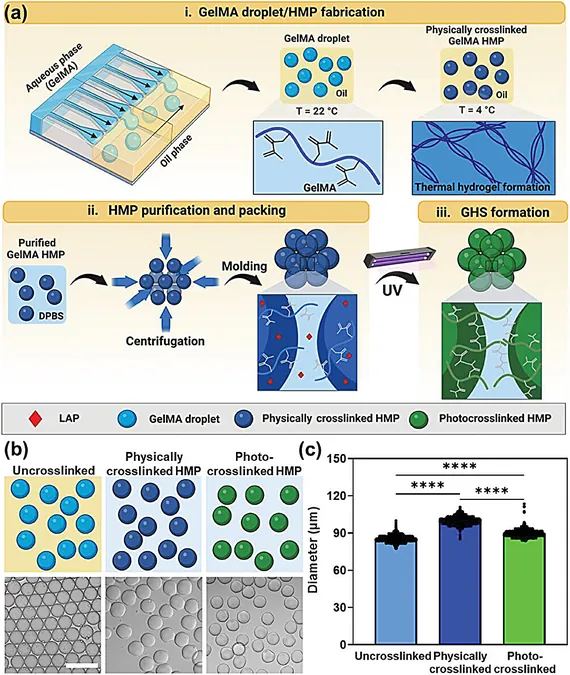
Shocking Discovery Beneath the Ice: Autonomous Seaglider Uncovers Warmer Waters Threatening Antarctic Ice!
2024-11-13
Author: John Tan
Nuggets of mystery often linger in Antarctica, awaiting exploration. A recent unexpected event involving an autonomous underwater vehicle, fondly named Marlin, has unearthed crucial insights that could reshape our understanding of ice melt in this remote region.
A Journey Off-Course: From Sea to Ice
Launched by the University of East Anglia’s School of Environmental Sciences, Marlin was originally sent to navigate the Ross Sea in December 2022. The aim was to collect vital climate data as it ventured north toward open waters. However, fate had other plans. An unforeseen southward flow yanked Marlin beneath the colossal Ross Ice Shelf, where it became 'lost'—an unintentional detour that led to groundbreaking discoveries.
For four days, Marlin dove 79 times into the icy depths, penetrating an area beneath the ice shelf and gathering data up to 200 meters below the surface. What it revealed was astonishing.
Emerging Threat: Layers of Warm Water
During its unintended expedition, Marlin’s sophisticated sensors detected an unusual layer of warmer water, about 50 meters thick, flowing into the cavity beneath the ice shelf from the open sea. The water temperatures ranged from -1.9°C to just slightly above at -1.7°C. This minor difference in temperature could have dire implications, as these warmer waters are potent enough to erode the ice shelf's base, unlike the cold waters they replaced.
Long-Term Melting Concerns Unveiled
The revelations from Marlin’s brief under-ice adventure prompted researchers to reevaluate 40 years of historical climate data. Remarkably, they found a clear increase in heat transport to the shelf cavity over the last four and a half decades, largely driven by climate change warming the surrounding Ross Sea. Dr. Peter Sheehan, the lead researcher, emphasized, 'While a temperature increase of just four thousandths of a degree per year may not sound significant, it could lead to annual ice losses ranging from 20 to 80 cm over the studied period.'
The study gives an alarming insight into how these warmer water intrusions could potentially escalate the melting rate of the ice shelf, raising a pressing concern about future sea-level rise.
Wind Patterns and Their Impact
Researchers have also noted the significant influence of specific wind patterns that might propel warm surface waters into the Ross Ice Shelf. These winds create what are known as Ekman currents, which not only transport heat but also enhance the melting rate of the ice above. Professor Karen Heywood added, 'As climate change accelerates ocean warming, we can expect the intensity of these warm water intrusions and their melting consequences to expand significantly.'
Implications for Global Climate Models
The findings underscore the importance of incorporating these phenomena into climate models, particularly given the ongoing uncertainties surrounding the responses of Antarctic land-based ice to climate changes. The oceans play a critical role in redistributing Earth’s heat, and understanding these dynamics is vital for predicting global climate impacts.
A Turning Point in Antarctic Research
This unprecedented study is pioneering as it leverages a comprehensive, multi-decadal dataset to analyze these complex processes, moving beyond previous research that relied mainly on seal observations and ice mooring data. Marlin's adventures beneath the Ross Ice Shelf not only direct our attention to the serious implications of warmer water intrusions but also emphasize the necessity of advanced monitoring and understanding of global climate behavior.
The full study has been published in the journal Science Advances, shedding light on the fragile environment that is the Antarctic and the critical need for continued research into its dynamics.





 Brasil (PT)
Brasil (PT)
 Canada (EN)
Canada (EN)
 Chile (ES)
Chile (ES)
 España (ES)
España (ES)
 France (FR)
France (FR)
 Hong Kong (EN)
Hong Kong (EN)
 Italia (IT)
Italia (IT)
 日本 (JA)
日本 (JA)
 Magyarország (HU)
Magyarország (HU)
 Norge (NO)
Norge (NO)
 Polska (PL)
Polska (PL)
 Schweiz (DE)
Schweiz (DE)
 Singapore (EN)
Singapore (EN)
 Sverige (SV)
Sverige (SV)
 Suomi (FI)
Suomi (FI)
 Türkiye (TR)
Türkiye (TR)